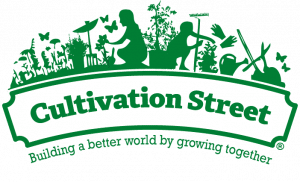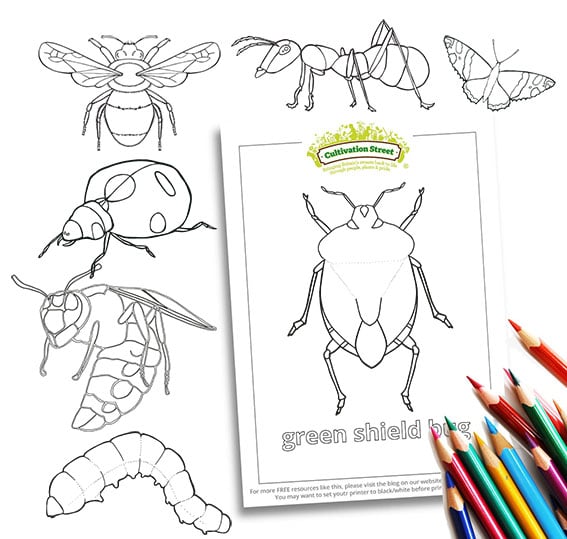5 fun ways to attract wildlife to your garden
Hedgehogs
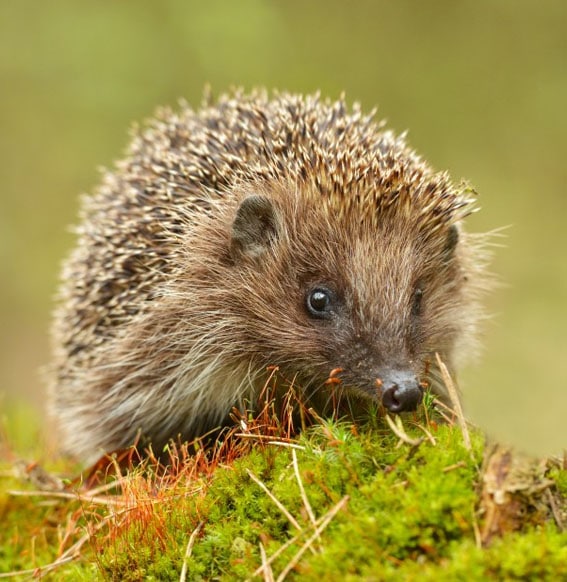
It is easy to encourage these small, prickly, yet cute creatures to hibernate and rest in your garden. You may even find they’ll raise their young once your home is more established. Studies have shown that hedgehog numbers are decreasing which is a real shame given that they keep down the numbers of pesky slugs in our gardens.
You can buy readymade hedgehog homes, but these are simple and inexpensive to make yourself. A simple construction can be made out of an old wine box or wooden box of similar size with a hole 11cm wide x 15cm high cut from the base of the crate on one side.
It is a good idea to add a 30cm wooden tunnel as an entrance to the hole as this can protect hibernating hedge hogs from cats or foxes reaching inside. (see picture)
Get your hedgehog home in place during spring or summer, ready for when they are looking for houses in the autumn.
Take a look at David Domoney's how to make your own hedgehog home video.
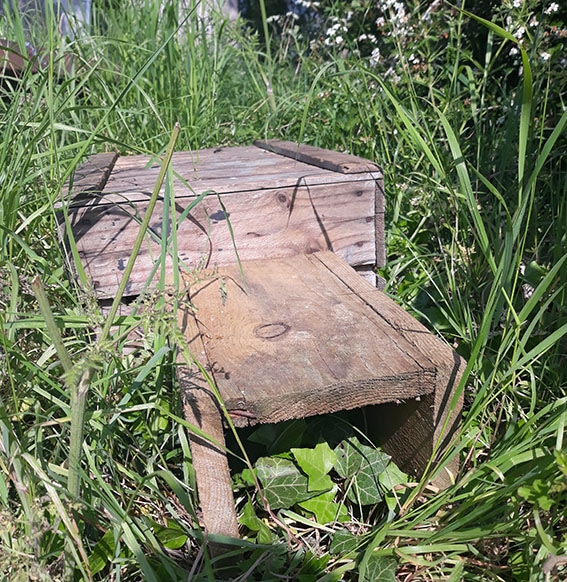
Minibeasts
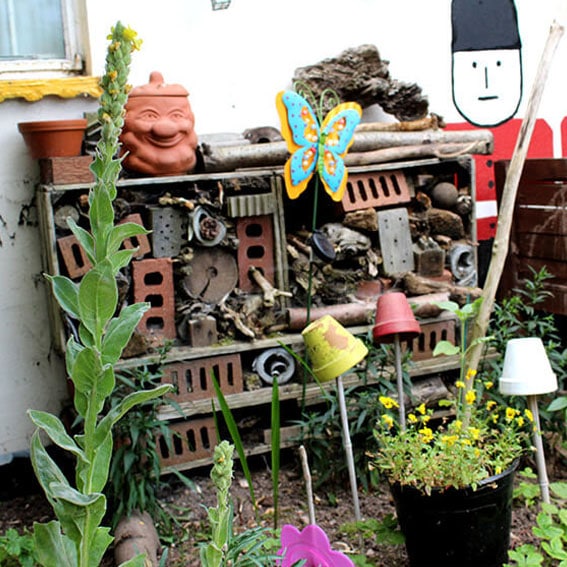
Put your dried garden waste and old broken bits of pots to good use by creating your very own bug hotel. You can use straw, moss, pine cones, old pots, wood, dry leaves and logs to create nooks and crannies for minibeasts to hide. Depending on where you choose to locate your insect hotel will reflect on the wildlife that’ll move in. Bees for example prefer the warmth and the sun but other species like woodlice love cold, damp conditions.
Take a look at our guide to building your own bug hotel.

Garden birds
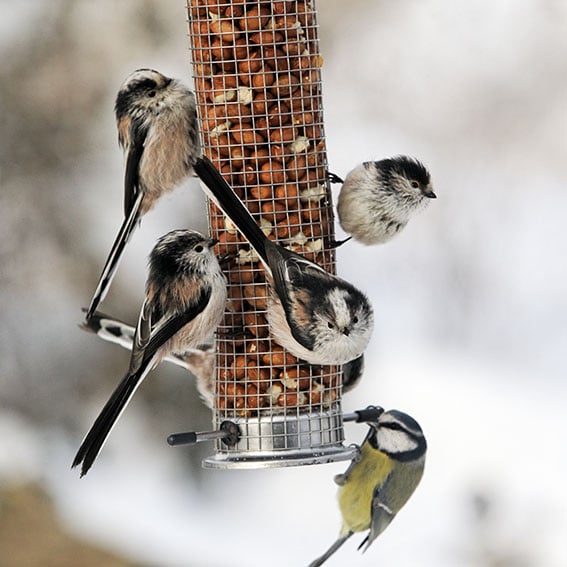
Bird feeders are a great way to attract garden birds to your outdoor space. Garden centres stock a range of feeders and food for a range of different species of birds.
Crushed peanuts - offering birds healthy fats they are great for blue tits, chaffinches and nuthatches.
Sunflower seeds - many species love to nibble on these striped seeds including goldfinches and blue tits.
Nijer Seeds - famous for attracting goldfinches these tiny seeds are a real hit with small birds.
Mealworms - robins love this dried snack! These can also be fed to hedgehogs if soaked in water overnight.
Take a look at our make your own bird feeder guide.
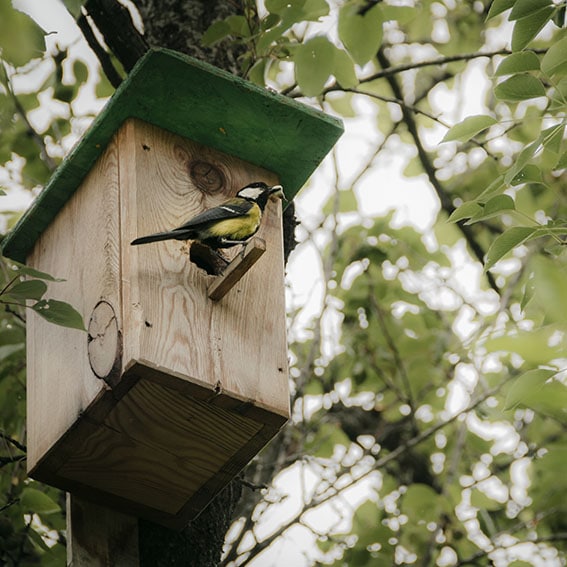
Frogs and toads

Amphibians are well known for dwelling in ponds, but they will spend a lot of the year on land. So why not treat them to a shelter to help keep them safe from any harm.
They love being underground in cool, dark and damp conditions, so a small a small pile of logs or stones is perfect.
Start by digging a hole 30-45cm deep. Ideally this would be located in a shaded area of your garden. It doesn’t necessarily need to be near a pond. Part bury your logs or stones on the hole, creating gaps that are perfect hiding places for small creatures!
Alternatively, plant some terracotta pots into your borders. Plant half the pot sideways so it makes a little hut, add in a few leaves to make it nice and cosy for your visiting amphibians.

Download this collection of minibeast colouring pages. We love making these little critters welcome in our gardens, so why not make art inspired by them too!
Simply click on the link below to download for FREE then print them as many times as you like!
Take a look at our other activity sheets CLICK HERE>>
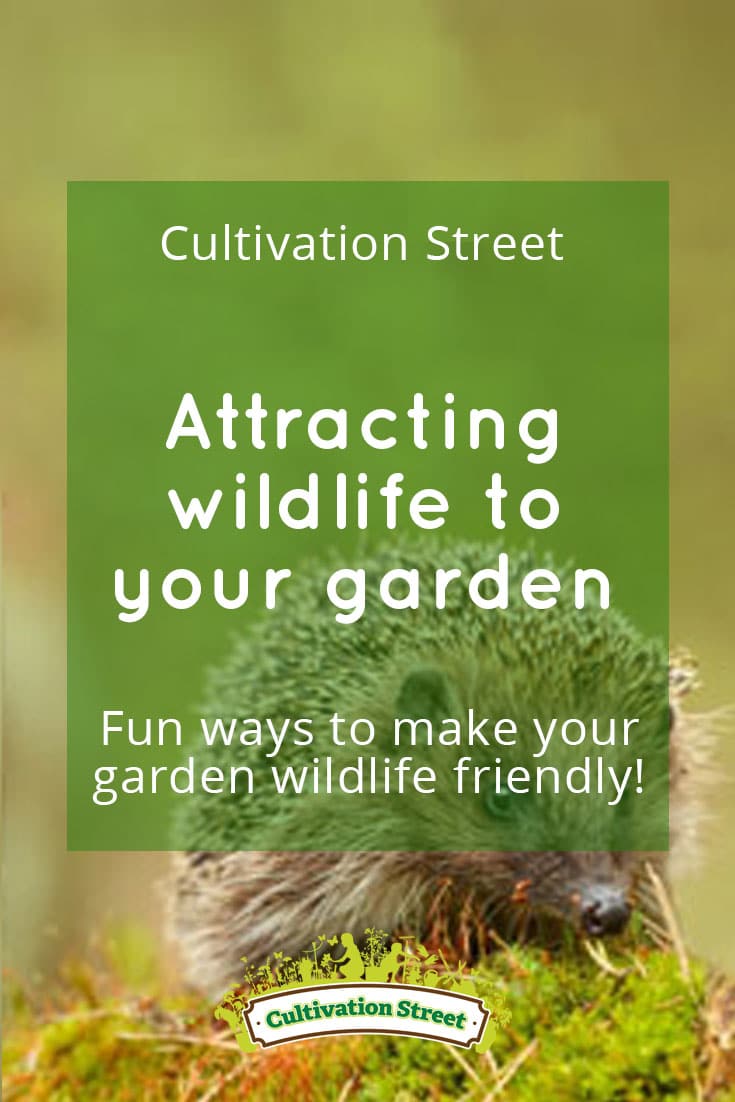
If this blog has inspired you to become part of the Cultivation Street campaign, register for free now to take your community gardening project to the next level.
Win big in the annual Cultivation Street competition, which has a staggering £20,000 to giveaway to school and community gardening projects that are changing the lives of people across the UK.
